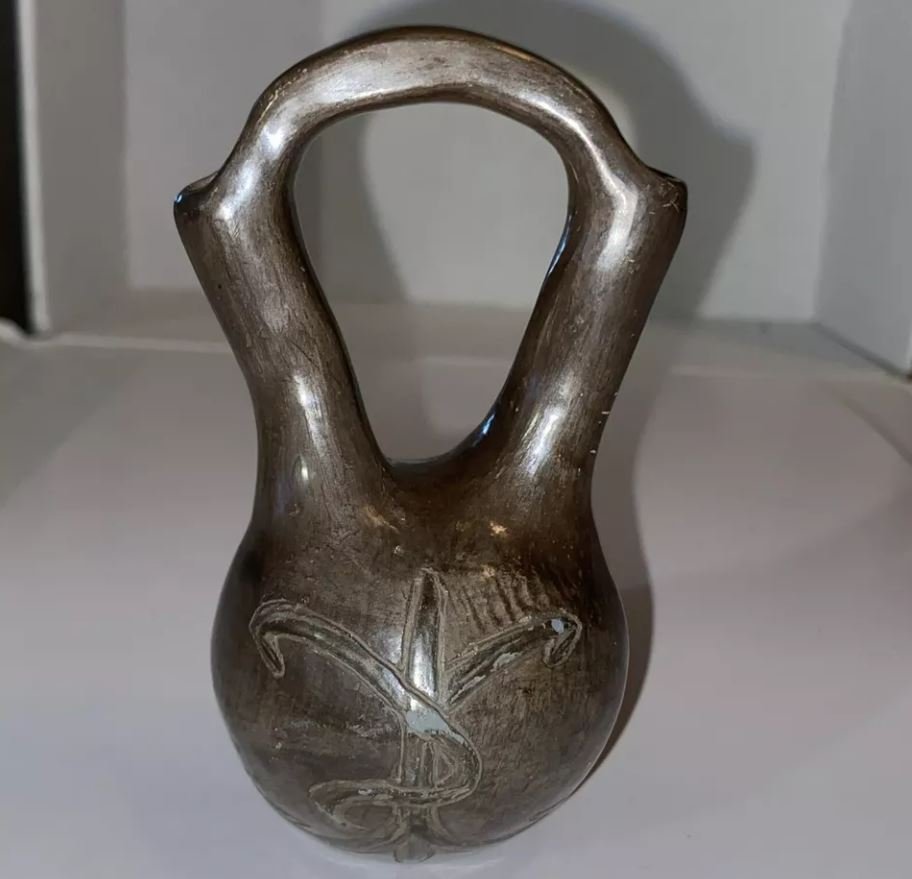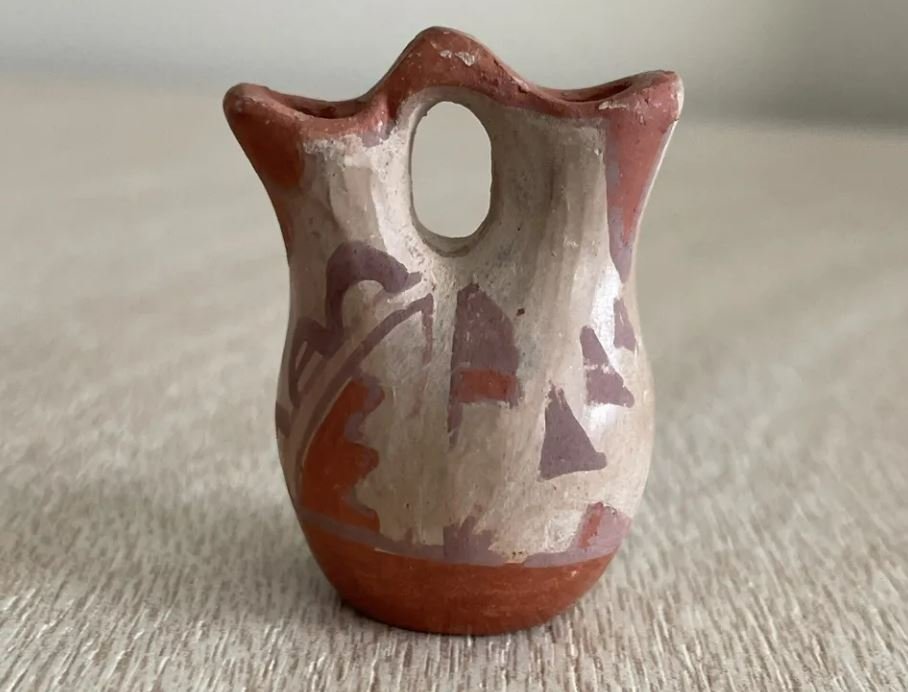During the wedding ceremony, the vase plays a central role. It is filled with a sacred liquid, which could be plain water, symbolizing purity and life, or an herbal brew, which might include ingredients significant to the tribe for their health-giving properties. The couple each drink from their respective spouts at the same time, a challenging act that symbolizes the couple’s future shared experiences. Successfully drinking at the same time without spilling is considered a good omen for the marriage, signifying that the couple will work well together in facing life’s challenges.

This ritual is not just about the act of drinking but is a profound demonstration of balance and support, foundational qualities in any marriage. The ceremony and the vase itself teach the couple—and remind the community—about the importance of cooperation and mutual support. Today, while modern influences continue to blend with traditional practices, the use of the wedding vase in ceremonies remains a powerful link to the past, often serving as a poignant reminder of a couple’s roots and cultural identity.
Once the ceremony is over, the vase holds continued significance. It is often kept as a cherished keepsake, displayed in the couple’s home as a reminder of their vows and the support of their community. In some traditions, the vase is passed down to the next generation as a family heirloom, carrying with it the stories and blessings of ancestors.

This tradition is a beautiful example of how physical objects are imbued with cultural meanings and how they function within ceremonial life to reinforce social bonds, not only between individuals but also across generations within the community.



